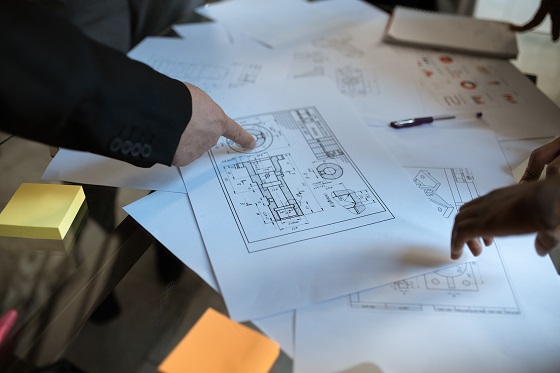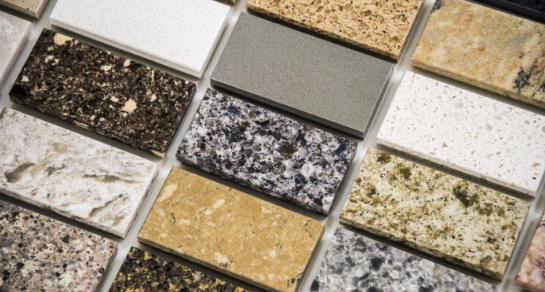Planning a major renovation project at home can be both exciting and overwhelming. It is a big commitment that requires careful consideration of your budget, time, and effort. But you can speed up the home design process and achieve your desired result with the right strategy and preparation.
Whether you’re planning a complete remodel or just a few updates, here are eight tips to help you make your home design process more efficient:
Identify Your Goal
What do you want to achieve? If you have a clear idea of what you want, deciding what steps to take and how much work is required will be easier. This will also help shape a design and keep you focused on what’s important.
Furthermore, deciding on a realistic budget will help to keep you within your means and avoid costly surprises. And it’s important to remember that a renovation project doesn’t have to be expensive to look great.
Hire A Professional
A professional designer can be an invaluable asset in helping to bring your vision to life. From providing helpful advice and guiding you through the design process to connecting you with skilled contractors, a professional designer can speed up the process while saving you time and money.
In fact, they have access to supplies, including equipment, materials, and contacts with trustworthy contractors. They can also help you in coming up with a design plan that is both stylish and practical.
If you’re worried that you might not be able to find the right person for the job, don’t worry! There are over 181,000 interior designers in the US, while in Australia, there are over 10,000 interior designers. So, whether you’re in Australia or the US, finding builders sydney, Melbourne, California, or New York is an easy task.
Communicate Often
Effective communication is essential in any home design project. Please make sure everyone involved understands the plan and their role in it. It includes contractors, designers, architects, and anyone working on the project.
Open and frequent communication will help keep the process running smoothly while preventing potential delays or misunderstandings. And if there are any changes or updates, communicate them promptly.
Research Materials & Products
Do your research on materials and products available for your renovation project. Read reviews, compare prices, and ask what’s best suited for your needs. It can help you save time and money in the long run.
Additionally, researching products and materials can give you ideas for decorating and designing your space. The more knowledge you have, the better you’ll be at making decisions along the way.
Be Realistic
It’s essential to manage your expectations and be realistic with yourself when it comes to budget, timeline, and resources. Stay caught up in details that may not be essential or practical, which could lead to delays and additional expenses.
Moreover, try to keep an open mind when it comes to design. You may be surprised by what you can achieve with a few simple changes and the right approach.
Create a Timeline
An actionable timeline can help organize a project into manageable steps while allowing you to plan for any potential delays or roadblocks. Make sure to allow plenty of time for each step, so you stay on time.
Moreover, having a timeline can help you stay on track and manage your expectations. And if something unexpected comes up, you’ll have the flexibility to adjust your timeline and accommodate any changes.
Stay Informed
Spend some time keeping up with the latest trends in home design, new products or techniques, and concepts for making your renovation project stand out. By doing this, you can be certain that you are working with the most recent information and making decisions that are good for your project.
You can also use online tools such as Pinterest or Houzz to find inspiration and ideas, which will help refine your vision and make communicating with designers and contractors easier. And following blogs or magazines can help keep you in the know.
Get Organized
Organizing the details of your design plan ahead of time can save you a lot of time and energy in the long run. Make sure to keep track of decisions, such as paint colors, flooring materials, cabinet designs, etc., so everyone is on the same page.
You should also create a project binder with all your plans and notes for easy reference. This way, you’ll have everything you need in one place and can stay organized throughout the process. And if you’re working with a designer, keep them updated on the progress of your project.
Final Thoughts
It doesn’t have to be difficult to design your home. With the right resources and tools, you can turn your vision into a reality. By following these simple tips, you will be able to manage your project efficiently while creating a space that is both beautiful and functional. So what are you waiting for? Get started on designing your dream home today!









